Introduction
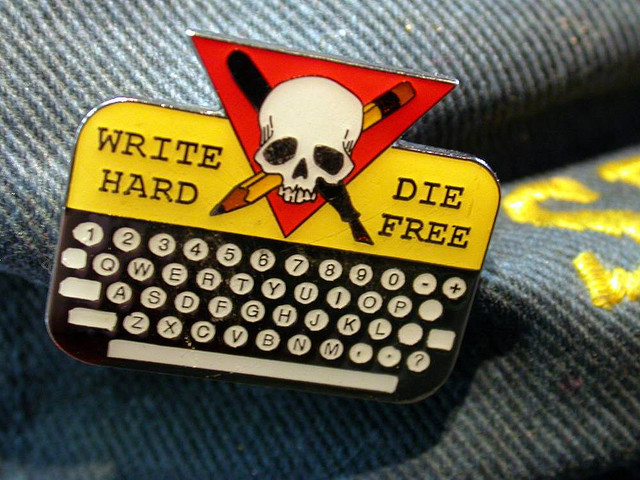
Think about the types of writing you come across on a daily basis. In most of your classes, you use a textbook written by one or many writers. The content on the Internet and the newspapers and magazines you read are also composed by writers. Even the television shows and movies you watch are in large part based on writing found in scripts and screenplays.
This lesson will focus on the writing you do this year in high school. Whether you write expository and persuasive essays or short stories, your first steps are to determine and define your audience. After that, you will begin to generate ideas and questions. This lesson will guide you through the early steps of writing a short story and an expository essay.
Images used in this section:Source: Write hard, die free, yksin, Flickr
Writing the Short Story: Audience and Purpose

To write a short story, you need to develop a topic, either one you choose or one your teacher assigns. After you have a topic, you need to determine the audience and purpose for writing a short story.
First, you need to ask “What is my purpose?” or “Why do I want to tell this story?” The purpose of a short story can be to entertain and/or to make your reader think or feel something. The purpose is what you want your writing to do when someone reads it. Take a look at this excerpt from “On the Gull’s Road” by Willa Cather:
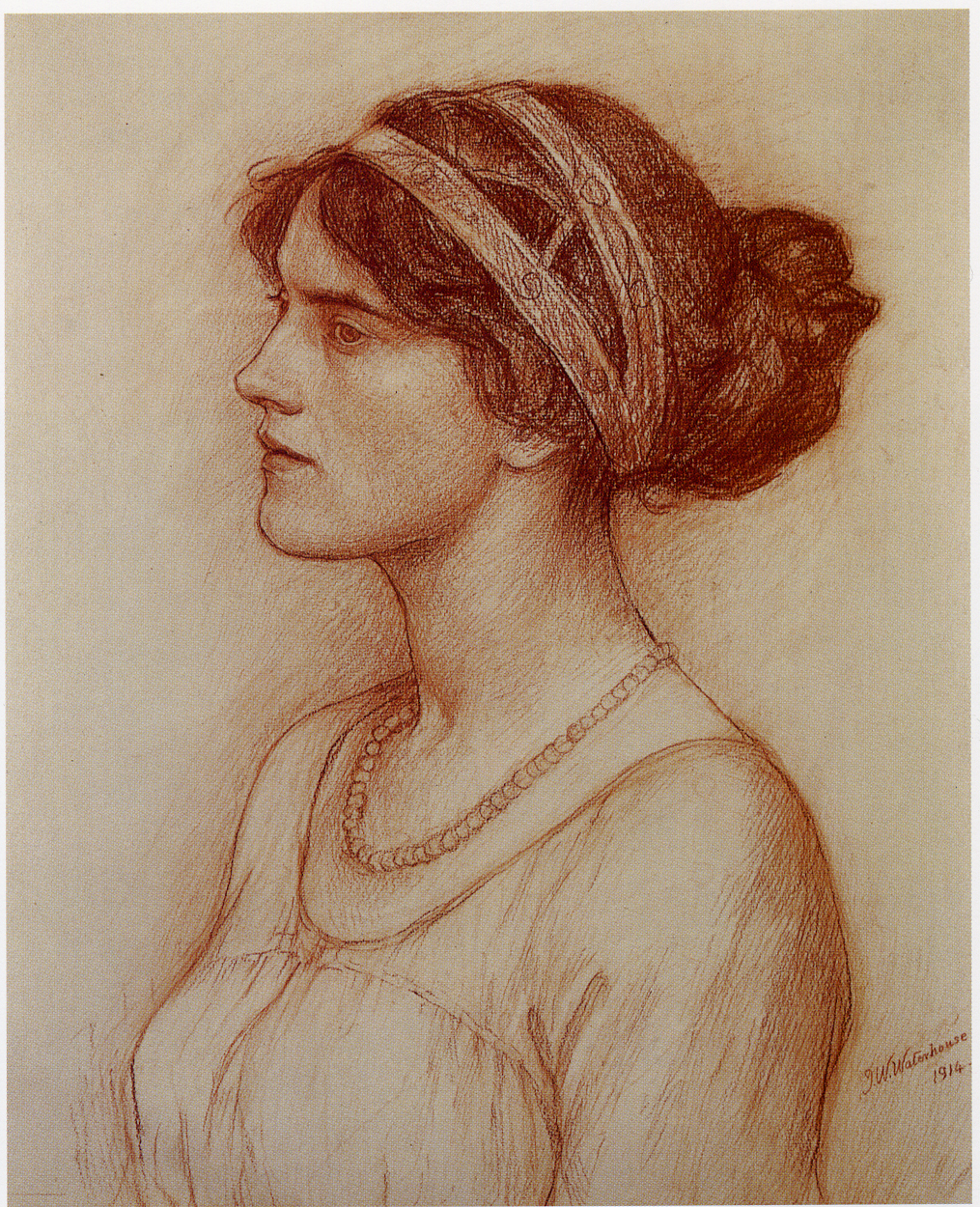
It often happens that one or another of my friends stops before a red chalk drawing in my study and asks me where I ever found so lovely a creature. I have never told the story of that picture to any one, and the beautiful woman on the wall, until yesterday, in all these twenty years has spoken to no one but me. Yesterday a young painter, a countryman of mine, came to consult me on a matter of business, and upon seeing my drawing of Alexandra Ebbling, straightway forgot his errand. He examined the date upon the sketch and asked me, very earnestly, if I could tell him whether the lady were still living. When I answered him, he stepped back from the picture and said slowly:
“So long ago? She must have been very young. She was happy?”
“As to that, who can say—about any one of us?” I replied. “Out of all that is supposed to make for happiness, she had very little.”
In this excerpt, what do you think Cather’s purpose is? If you reread the opening paragraphs, you will see that
- she uses the red chalk drawing as an introductory subject to “set up” her story; and
- she “hooks” us by explaining that she had “never told the story of that picture to anyone.” Not only does she want to entertain us, she wants to inform the young painter and us, the readers, about something that is mysterious; she wants us to think.
Sometimes a piece of writing is meant only for the writer’s eyes, as is the case with a diary or personal journal, but in Cather’s story, the audience is public. We are intended to be the readers or audience.
When you write a short story, you need to think about who will be reading it. Will your audience be adults, teenagers, elementary students, or some other group? Will you be writing your story for your teacher and classmates? Will you be in a testing situation where you will be given a prompt? Will you try to publish your short story?
Think for a moment about how your intended audience will change the way you write. Writing for elementary or middle school students will not be the same as writing for adults. You might also write a different kind of story if your friends are the intended audience.
Let’s review one more time. Before you write, you must do two things:
- Determine a purpose.
- Determine who the audience is.
Images used in this section:Source: HK Ocean Park Audience, zh:, Wikimedia Source: “Waterhouse: Study for portrait of the Marchioness of Downshire,” deflam, Flickr
Writing the Short Story: Brainstorming Technique
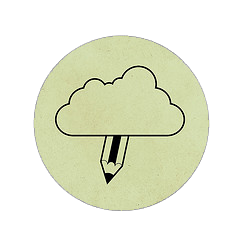
Now that you know your purpose and audience, you need to develop ideas and questions for your short story. Brainstorming refers to many different practices for generating ideas. Of course It isn’t literally a weather event in your head, but a mental storm in which you allow your mind to think freely and write about ideas that may eventually become the focus of your writing. This part of the lesson will focus on brainstorming techniques you can use to gather ideas for a short story.
Freewriting
Freewriting is the first brainstorming technique we’ll discuss. To freewrite, find a quiet place to work with no distractions. Next, take five to fifteen minutes (use a timer if you have one available) and write as much as you know, or can imagine, about your topic. In this lesson, you will look at a picture and generate ideas and questions about it for a short story.
When you freewrite, follow these guidelines:
- Don’t worry about grammar or spelling.
- Don’t go back and review what you have already written.
- Don’t stop until your time is up.
When you are finished, read what you have written and circle, underline, or highlight any ideas that you think will work well for the short story you are going to write.
Let’s practice. Open the graphic organizer by clicking the link. You can either type into it or download and print it out to write the answers by hand. Follow the directions in the organizer. If what you write brings up questions, write them down. When you are finished, return to the lesson, but save your graphic organizer or keep it open to refer to later in this section. Graphic Organizer InstructionsNow that you’re warmed up, let’s review the parts of a short story. These are essential ingredients that must be included:
- Plot: The plot is the sequence of events in a short story. A short story typically has one plot and is meant to be read in a short span of time. An elusive part of plot is the theme or message of the story. Theme helps to bring the elements of a short story together. The plot contains three main parts:
- Beginning: The beginning of the story or the exposition provides background information. This is where the characters and setting are introduced to the reader. Most importantly, we are also introduced to the main conflict of the story.
- Middle: During the rising action, interest or suspense builds as a conflict develops. The climax is the turning point of the story. The climax is followed by the falling action. This is where the events of the story begin to be resolved.
- End: At the end of the story, or the denouement, the conflict is resolved, and the action ends.
- Setting: The setting is the time and place of a short story. The setting is important because it is the when and where of a story. The short story’s setting contains the following:
- Place: the physical location where the story takes place
- Time: possibly a historical period as well as the time of day
- Mood: the atmosphere and feelings the writer is trying to create
For example, mood may be happy, sad, mysterious, or frightening.
- Characters: The characters are the people who drive a story. They speak through dialogue to let a reader know what is being said. The characters' dialogue can help the reader understand more about other characters.
Note: Remember that a short story is fictional. You make up the events and parts of the story.
Let’s review. For the activity that follows, drag and drop each short story term next to the correct definition.
Images used in this section:Source: “Brainstorm,” marcos c., Flickr
Writing the Expository Essay: Audience and Purpose
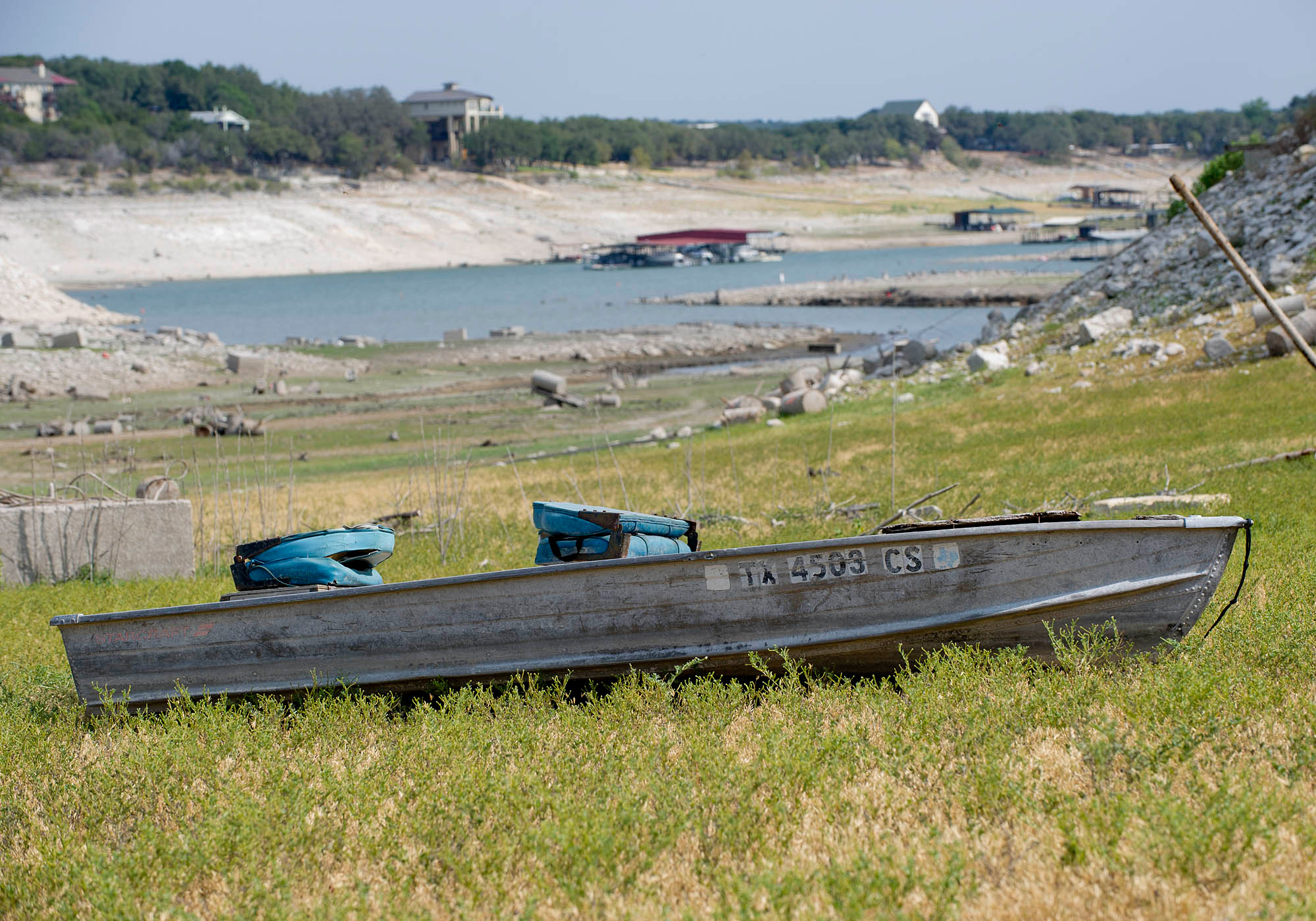
In this section, you will learn to do another kind of writing. You will write an expository essay about “The Great Texas Drought of 2011.” An expository essay is based on real experiences or nonfiction, but similar to the short story, you need to decide the purpose of and audience for the writing. The purpose could be that you want your audience to
- become more aware of the harm that a drought can cause;
- attend a meeting to talk about drought; or
- learn about drought effects and conditions.
To understand how the purpose of an expository essay affects the content, choose the correct response for each sentence below.
You will also need to consider the audience for your essay. Your teacher will sometimes specify the audience when a paper is assigned. If not, you will need to consider these questions:
- Who do you anticipate will be reading your writing?
- What do you think they may already know about your topic?
- What new information do you want them to learn about your topic?
Read the examples below and decide the best audience for each purpose. Click on the circle next to the correct answer.
Images used in this section:Source: Lake Travis Drought, Texas Parks and Wildlife
Writing the Expository Essay: Brainstorming Techniques
“The Great Texas Drought of 2011” is a huge topic that needs to be narrowed down before you can start working on your essay. It would be a good idea to start by finding a common definition of “drought,” looking into the history of droughts in Texas, and then adding supporting details to address your definition. First, however, you need to ask yourself, “What is it about this topic that interests me?” To address that question, you could brainstorm using the freewriting technique that we discussed in the sections on writing a short story, but try your hand at two other brainstorming techniques instead: listing and mind mapping.
Listing
Watch the video clip that follows several times and use it as a starting point for brainstorming more about your topic. Focus on the content presented.
Using your notes, list as many issues about the drought as you can remember from the video. Don’t stop to think; just write everything you can remember about the video clip and any thoughts you have about what you saw. When you are finished creating your list, check your understanding to see a possible response.
Remember, for this example my assignment is to write an expository essay that explains the effects of “The Great Texas Drought of 2011.” I have decided to focus on the damage caused by this drought and my experience during it. Cross out the issues on my list that don't relate directly to my purpose. Check your understanding to see a revised list.
Mind Mapping
Another brainstorming technique you can use is a mind map or graphic conceptual organizer. To begin, take a piece of paper and write your central topic in the middle of the page. Next, fill the page with everything you can come up with about your topic, writing anywhere you wish. This is where your listing exercise comes in handy because you can use the ideas from your list. After you are finished, draw lines or arrows between similar ideas and assign them to a category. Take a look at this example: Let’s create a mind map together. We’ll write our topic in the middle bubble: “The Great Texas Drought of 2011.” Next, we will organize our data into clusters. A What cluster is a good place to start. What is the essay about? The next cluster is a When cluster. When did the drought begin and end? The next cluster is a Where cluster that addresses the geographical areas affected by the drought. Finally, we’ll include a How cluster indicating how devastating the drought has been.
For each detail that appears below, choose whether it answers a What, When, Where, or How question about your essay topic. Some details may answer more than one question, but see if you can find the response we chose for each one. The point is to consider how information relates to your topic.
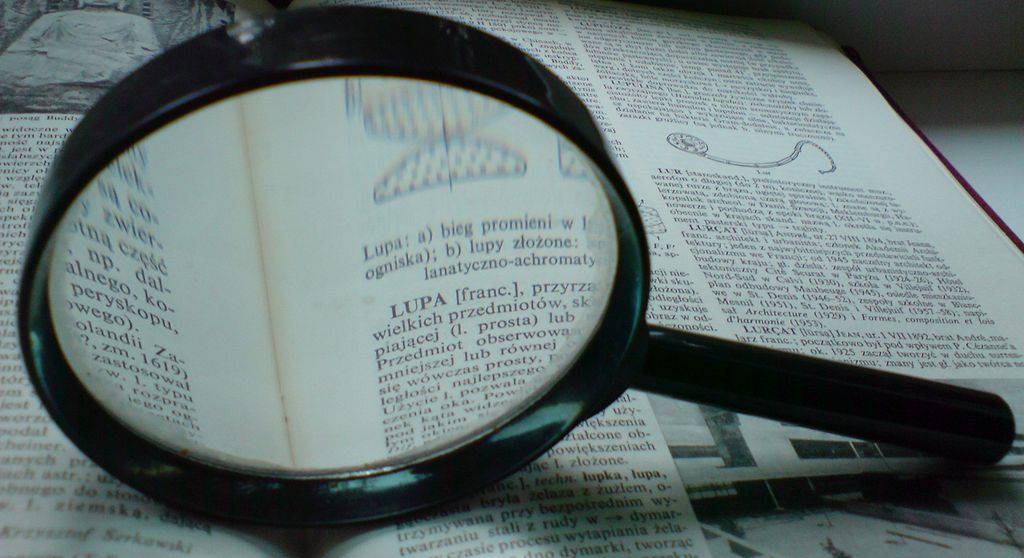
So let’s sum it all up. You have been assigned an expository essay about “The Great Texas Drought of 2011.” Let’s review the steps again for writing your essay:
1st Step: Determine your Purpose and Audience.
2nd Step: Develop a Topic by Brainstorming Ideas.
You can use these tools to help you generate ideas:
- Freewriting
- Listing
- Mind Mapping
After following the steps and generating ideas, ask yourself, “Is there anything that I have left out or overlooked?” At this point, go back and check your lists. Decide how to organize the information from your lists, graphic organizers, mind maps, or freewriting so that your essay focuses on your audience and purpose for writing. Not all of the ideas you brainstormed need to be included. To learn what to include and exclude in your essay, see the lessons on “Writing the Expository / Procedural Essay: Organization Appropriate to Purpose, Audience, and Context” and “Writing the Expository / Procedural Essay: Relevant Information and Valid Inferences.”
Brainstorming is a fun and efficient way to gather information for an expository essay, but it’s only the beginning. You still need to decide what information to include and how to organize it. These decisions need to be tailored to the audience and purpose for your essay. If this all sounds like a lot of work, just think about how much time it takes to rewrite an essay when you realize it’s not working, or, worse, how you might feel if you don’t have time to rewrite and end up turning in work that you KNOW isn't as focused as it should be. You can avoid these fates by brainstorming and getting focused before you write. Using these techniques will also prepare you for the next stage of planning your essay: structuring the content.
Images used in this section:Lupa.na.encyklopedii, Julo, Wikimedia
Resources
Resources Used in This Lesson: Bibliography
Cather, Willa. “On the Gull's Road.” americanliterature.com. //www.americanliterature.com/Cather/SS/OntheGullsRoad.html.
“Drought of 2011 was one for the books.” KXAN. YouTube video, 3:22. Posted October 17, 2011. //www.youtube.com/watch?v=UsIan4b5f_c.